Where I’m heading is often controlled by weather and my best map is actually a satellite weather forecast. But there’s a growing problem. Unpredictable weather patterns. Earth’s warming creates record-breaking wind and erratic, powerful storms that are difficult to forecast. There’s a silver lining in the reality that unpredictable weather produces sudden, unexpected storms. In the outback, it also trains mindful living.
Weather 2019
Today the winds alone can whip in at 80 mph causing plenty of trouble without factoring in rain, snow, floods, and fire.
Outback folks like me are vulnerable when these unexpected winds blow dirt, mud, and brush in the air, blocking the sun and blocking visibility like in Carlsbad when I escaped to the caverns or when sudden waves swallowed my South Padre beach camp.
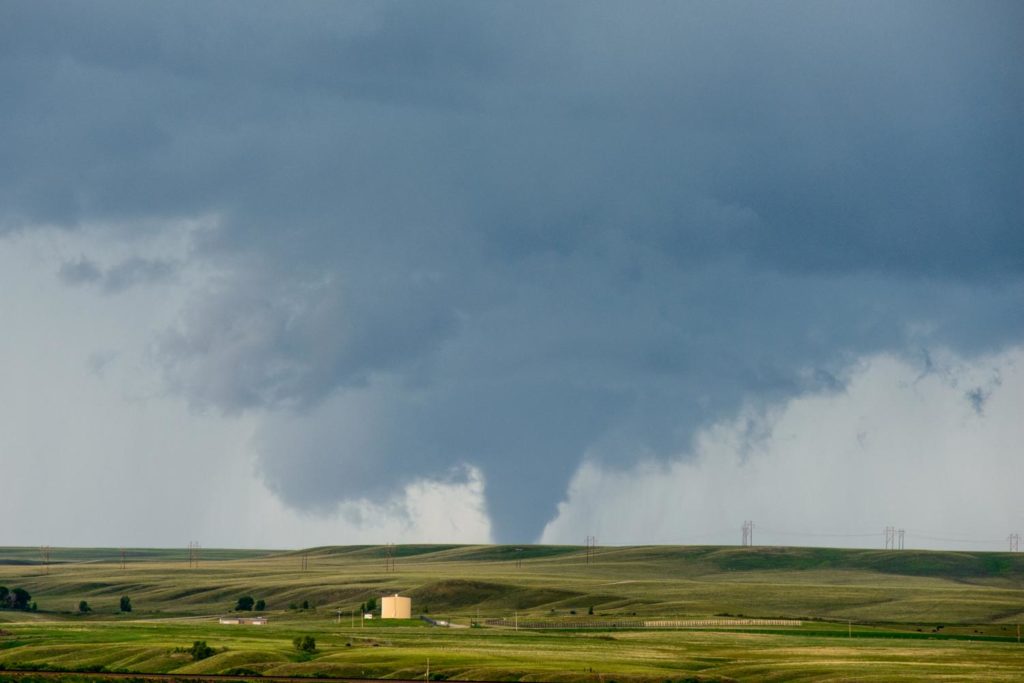
Take 5. Stay Alive.
There’s a safety slogan on billboards lining the highways in southwest wind corridors. “Take 5. Stay Alive”. It means pull over. Turn off the car. Buckle up. If you have a helmet, put it on since blunt trauma to the brain is really bad mojo. Your best option on the open road is to shelter in the car and wait it out.
Sometimes neither car nor teardrop feels strong enough to withstand these storms. My reaction is to clench up and resist the threat, but that kind of mental rigidity can be deadly when weather blows up.

Is There a Better Way?
The best survival skill in the outback (and life) is an open awareness and acceptance of what is happening. Dropping the rigid control of my mind allows my gut and heart to see the possibilities and paths to safety. It invites miracles like the persistence urging to leave the shelter of camp in East Texas mere hours before a sudden storm flooded the area.
This experience is far easier when I let go and lean into the uncomfortable, scary places, instead of contracting into a tight mess and using rose-colored filters to hide my fear.
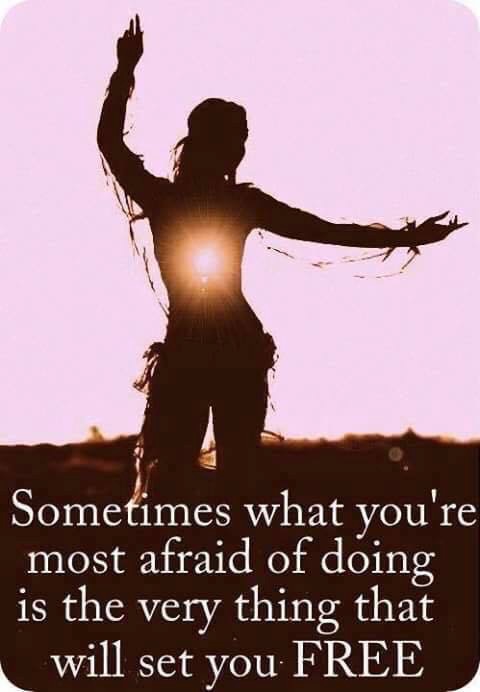
Be Still and Know God
Many a monk, nun, and pastor have trained me to quiet my mind living fully present, open to creation in each unfiltered moment. Christian, Buddhist, Judaism, Hinduism, all the world’s great religions have some form of “Be still and know God” practice.
I’ve grown to love the “be still” part in the autumn of life. My aging body regenerates and heals more quickly in receptive, relaxed spaces. Even my mind feels peaceful in the process of letting go.
For about eight seconds! Then it creates its own sudden storm monkeying around with all the ways mind-numbing stillness exposes my ego clenching to control.
Granted filters can be helpful in modern life. TVs blare at sick folks in doctors offices and hospitals, people prattle on the phone in the public restroom stalls, families eat silently while electronic screens pacify, mollify, stupefy. Fortunes rise and fall in sound bites broadcast 24/7. Sparkly filters make things appear and even feel better than they actually are.
But in the wilderness unexpected storms demand a stable connection to reality and access to wisdom beyond my own.
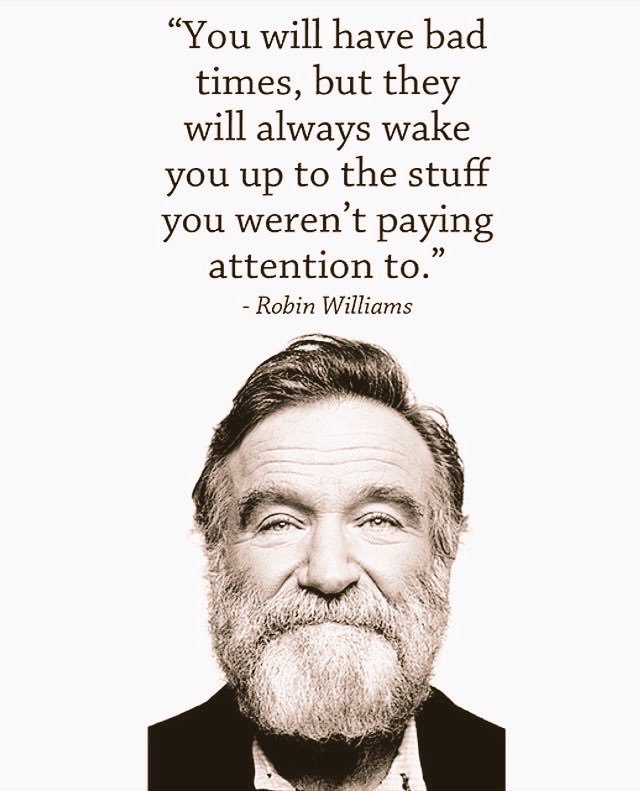
Internal Weather System Check
Buddhist monks taught me to cultivate an awareness of my own inner weather system first before trying to assess an external situation. Strap on my own oxygen mask first sort of deal. With practice, a few intentional breaths quickly calms, centers, and clarifies my experience.
I love Tara Brach’s teaching of free flight flowing from the “Two Wings” of meditation: Awareness and Allowing. Can I recognize and name what’s happening? Can I also honor it, let it be even if I don’t like or want it?
This mindful presence of my own internal status frees me from reacting blindly. It makes me laugh every time, but the simple awareness of what I’m really experiencing instantly calms emotions and relaxes the rigidity fear creates.
In this relaxed attentiveness, I can better see what is predominant, important, and possible. Mind, body, and spirit align to feel my instincts and follow divine guidance. Like the guru says, “you can’t stop the waves, but you can learn to surf.”
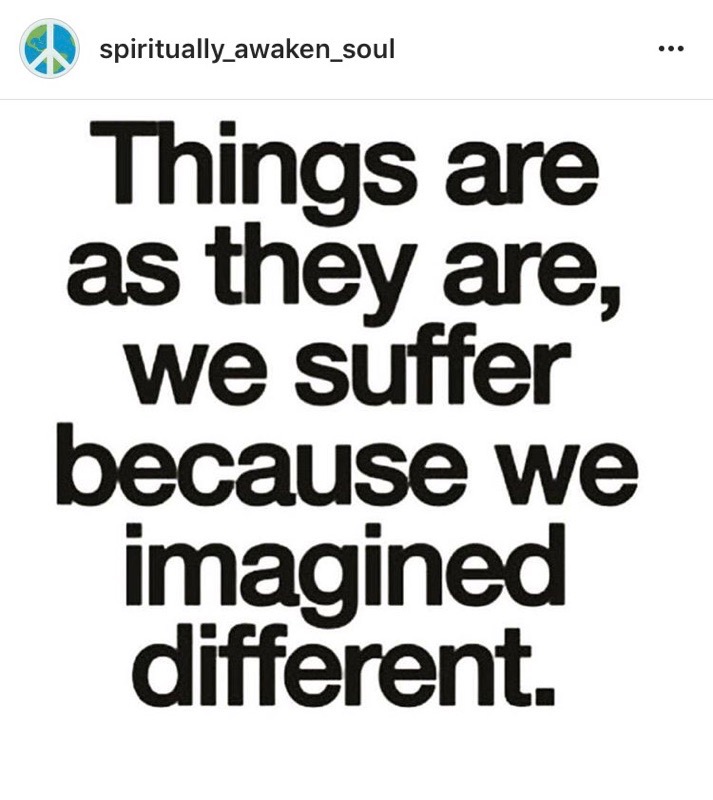
Simple Isn’t Always Easy
As an American, I’ve learned the value of sustaining a narrow, fixed focus on outcomes and filters. It’s a great way to get ahead in games.
It offered me no help or even comfort when disease and death waltzed through the door of my young family’s simple country life. Our goals, plans, and predictable life imploded with a single diagnosis.
Those years of resisting death’s intrusion are like my current arguments with unexpected storms. I often have to collapse from exhaustion before surrendering to reality.
Without fail leaning in and accepting reality actually revealed that the source of my greatest suffering was my rigid illusion of control over outcomes. I learned better options like cultivating flexibility, humor, and faith. This frame of reference yields a rich and meaningful life together, regardless of how much time we have.
My family also discovered peace and comfort flowed when we allowed the presence of death in our lives. We didn’t have to know all the answers or plan for every contingency. Our needs were met in ways that clearly revealed God’s persistent care. The epicenter of the implosion of diagnosis began to recover when we opened to today’s possibilities rather than clinging to yesterday’s rubble.
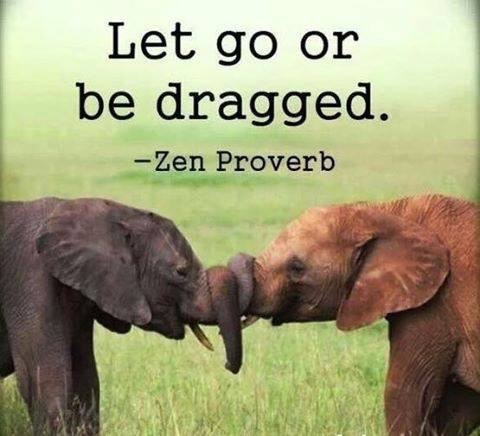
The Lesson Loops
In spite of that powerful life training, I certainly wasn’t open when I barely escaped being sucked to sea in that sudden Gulf storm last month. My mind wasted precious time in LaLa Land trying to analyze and understand the speed of the rising water. In a classic Princess move, I stomped my foot insisting the ocean stop swallowing the camp I worked so hard to get to! Ocean’s roaring reply triggered a tornado memory that jolted me into reality and sent me racing to safety.
I drove for hours to the shelter of the forest where a soft foggy mist hovered over the still, peaceful lake surrounded by pine trees.
But something wasn’t right. I was deeply unsettled by a persistent tug to pack up and leave quickly. When the tug became an insistent shoulder tap I waved the white flag and accepted the bummer. I let go of my need to know why and hit the highway.
Turns out that camp was flooded that very day in a sudden, unexpected storm.
I’ve been taught again and again I’m not alone in life’s unpredictable, unexpected storms and I can access tremendous help if I’ll allow it.

Why Risk It?
There are reasons I’m driven to live integrated with the wilderness beyond being a wild woman. It most certainly improves my health and ability to handle a pain syndrome I live with. It also maintains a deep bond with Nature that began in my childhood.
My parents were scientists who raised me on an Oklahoma wildlife refuge. The Muddy Boggy Creek meandered through the eroded gullies of prairie and Cross Timbers. Stocked ponds dotted the property along with brush piles built to enhance wildlife shelter. Seed and corn feeders and salt blocks supplemented the healthy prairie grasses and natural vegetation for birds and animals. We sheltered abundant wildlife including threatened species.
In the winter storms of those days, I’d help Daddy break up the ice on the ponds for the flocks of birds who came for our ample suet, seed, open water, and brushy shelters.
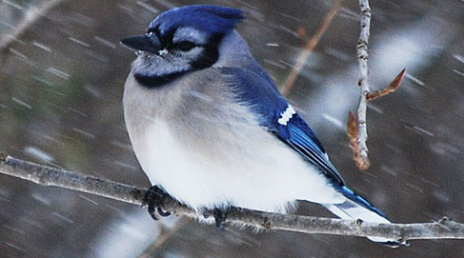
Wildlife Forecasts Weather
Caring for wildlife taught me to forecast weather by watching wildlife. A day or two before storms hit birds (and bees if it’s warm) are busier, noisier, and less shy foraging for food. Coyotes, fox, and bobcats hunt closer to the homes looking for a rabbit, chicken, or pets to eat. Rodents forage without rest.
Just before the storm hits everything becomes quiet and still. No bird song or dog barks in the unified stillness. As a girl, I knew to race home from the creeks where I played when the woods grew quiet and still.
Do I even know how wildlife behaves hours before one of these unexpected, sudden storms hit camp? The natural world has already adapted in ways I’ve ignored. Wildlife doesn’t dig its heels in at LaLa Land arguing with the weather or pouting about the sudden change to plans.
I’m confident wildlife will still warn me even in sudden storms. But will I notice or listen?
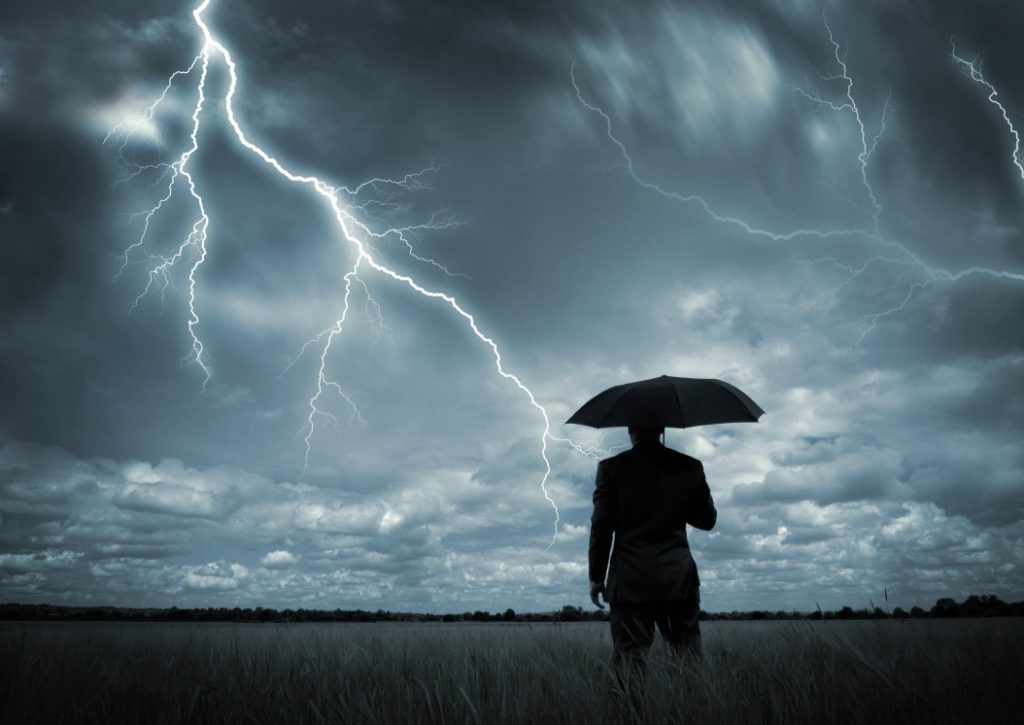
My Body Forecasts Weather
Like many others, my own body is an accurate barometer. Pain and thick fatigue hit a few days before a weather change. I don’t like pain so I ignore it. I clench up and turn my rigid back to it, distracting myself from reality. See the pattern?
How can I even know I’m receiving weather warnings through body signs when I’m ignoring my body signs?
Today’s unexpected storms barely give me time to break camp before it hits. Frankly, it’s all so fast I don’t know what I’m really feeling because my kneejerk fear response is the imaginary comfort of LaLa Land.
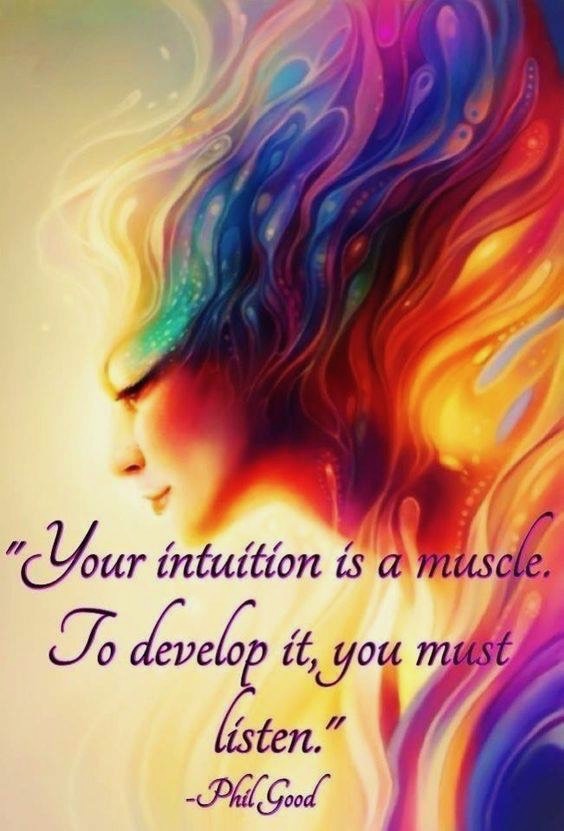
My Needs Will Be Met
If I synthesize all of the life lessons from my wisdom teachers, death, my body, and wildlife I see each scenario taught the same simple lessons. Escaping to LaLa Land is a trap. Leaning into the sensations of fear or pain can open the way to safety. Even if that fails I’ll be better able to deal with it from a place of centered, attentive calm like wildlife do before a storm hits.
Sometimes it feels like Nature is shaking like a wet dog flinging us into a new eon where she can balance and heal. If I’m going to keep saying yes to this call to live integrated into the wilderness I owe it to myself, Rocky, and my family to adapt quickly to the reality of unexpected storms.
I intend to raise the surrender flag and keep it flying. Not only will life be easier but also flowing in gratitude for the ongoing guidance, lessons, and tools to thrive in both internal and external unpredictable weather.
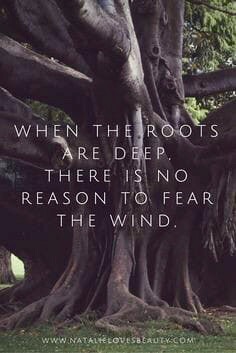

One thought on “Unexpected Outback Storms Train Mindful Living”